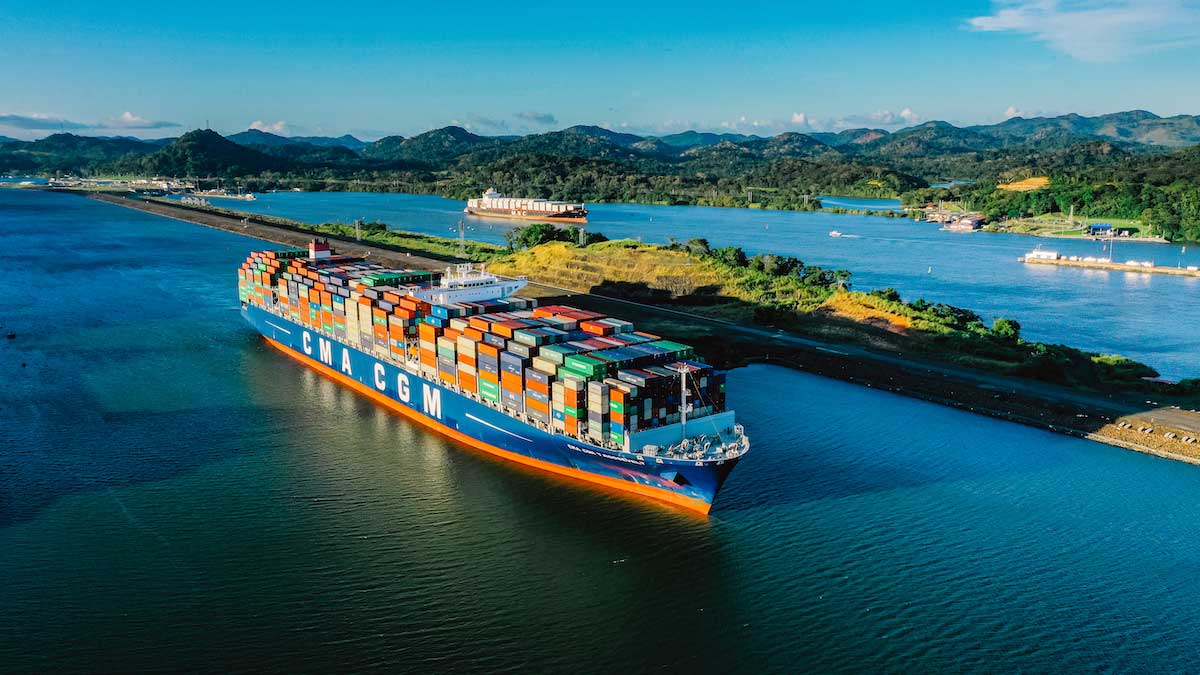
$2 Billion Indio River Project to Secure Water Supply for Panama Canal
Panama’s Canal Authority (ACP) has approved a $2 billion project to build a third lake on the Indio River. This move aims to reduce the impact of severe droughts that previously forced the canal to cut ship transits in 2023 and 2024. The new dammed lake will cover 500 square kilometers, supporting the existing Gatun and Alajuela lakes. Water levels in those lakes fell sharply during recent El Nino-driven droughts.
Damming the Indio River, located west of the Panama Canal, will take five years to complete. According to the ACP, this project will help the waterway meet its needs for the next 50 years. However, the authority has not stated when construction will begin. Industry experts predict at least one more period of canal transit restrictions before the new lake improves water retention. The US Federal Maritime Commission (FMC) also warned of possible further fee increases and complaints from US importers and exporters.
Legal and Social Challenges Remain for Canal Expansion
Traditionally, the canal sees 36 transits per day, but the 2023 drought dropped this to just 22 transits. Fortunately, increased rainfall since July restored transit volumes to normal. Legal issues previously delayed the Indio River project. Panamanian law once blocked new reservoirs, and another regulation required changes to the canal’s hydrographic basin plans. Panama’s supreme court has now cleared these hurdles, granting the ACP jurisdiction over the Rio Indio basin.
Despite these advances, the project faces two major challenges. The government must negotiate with around 2,500 residents—mainly farmers—who will be affected by the new lake. Many oppose forced relocation and demand fair compensation. Heated debates continue, with rights groups supporting local residents. At the same time, geopolitical tension surfaced after former US president Donald Trump threatened to use military force, claiming China controls the canal. However, President Jose Raul Mulino reaffirmed that the autonomous Canal Authority operates the waterway, not any foreign company.



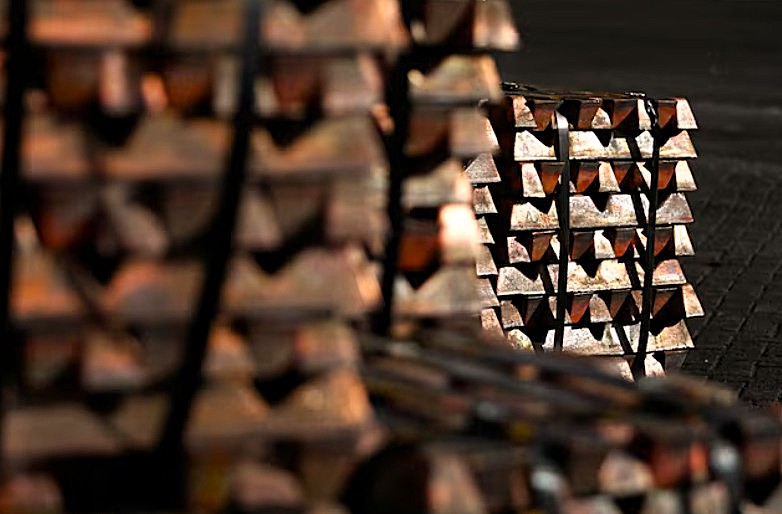



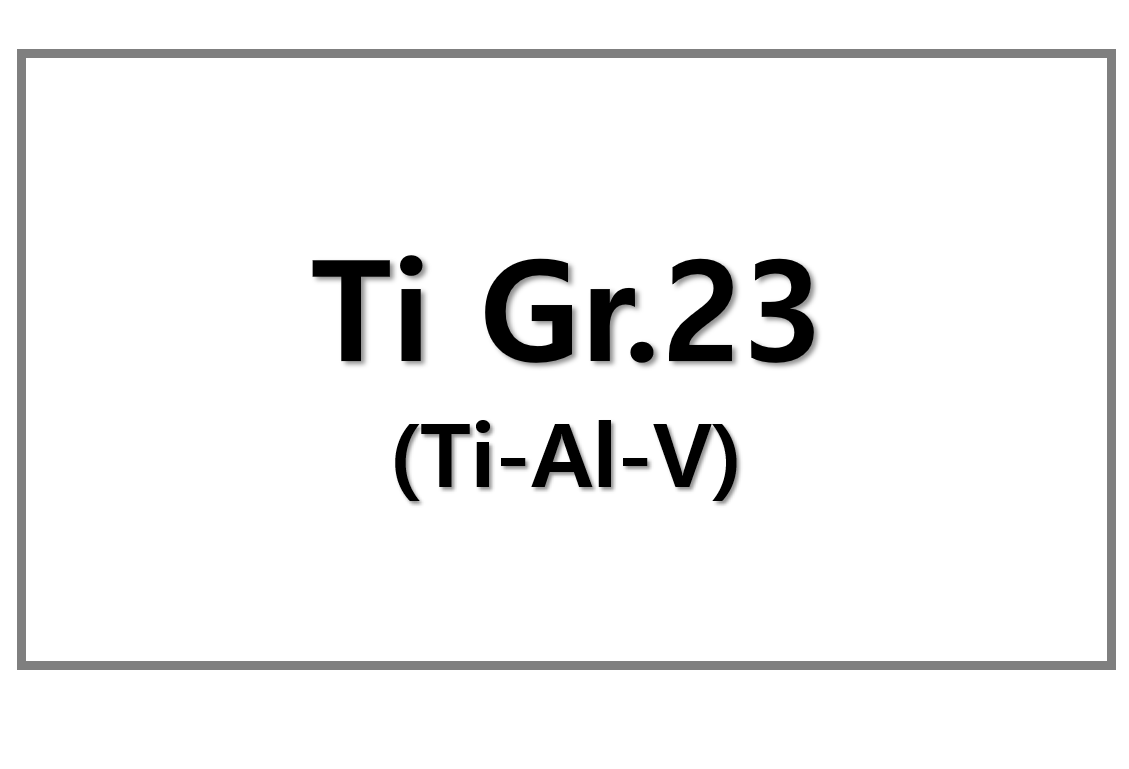
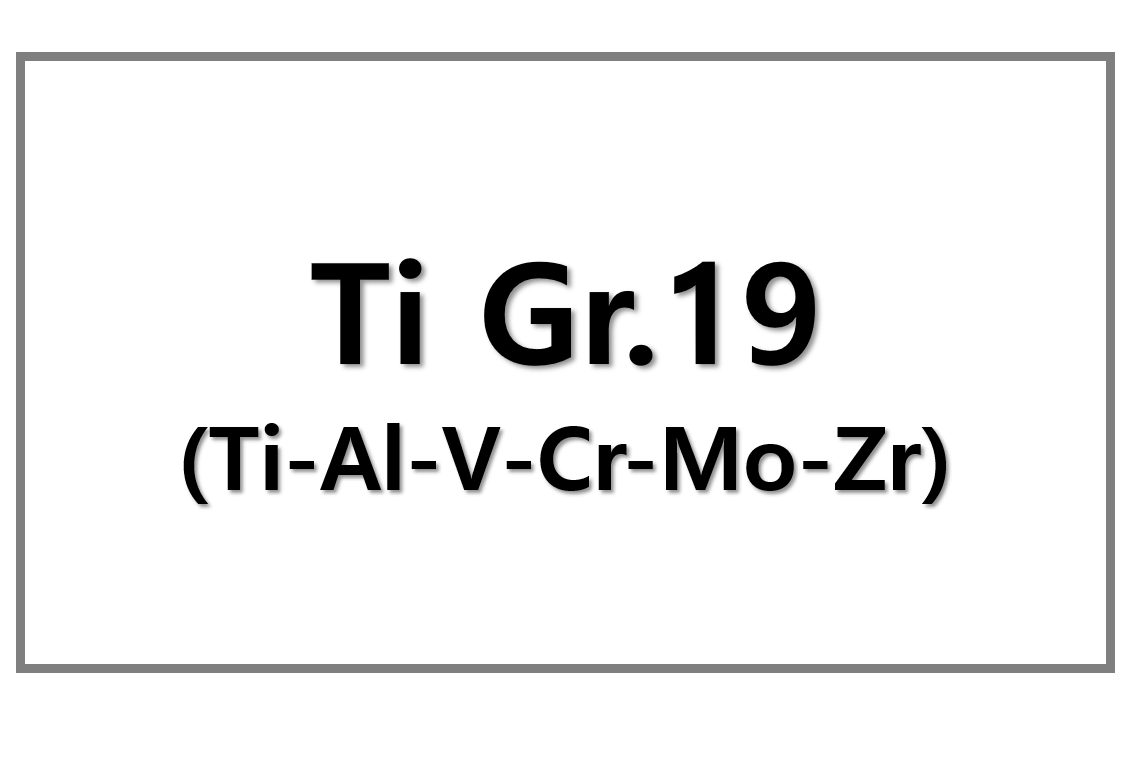
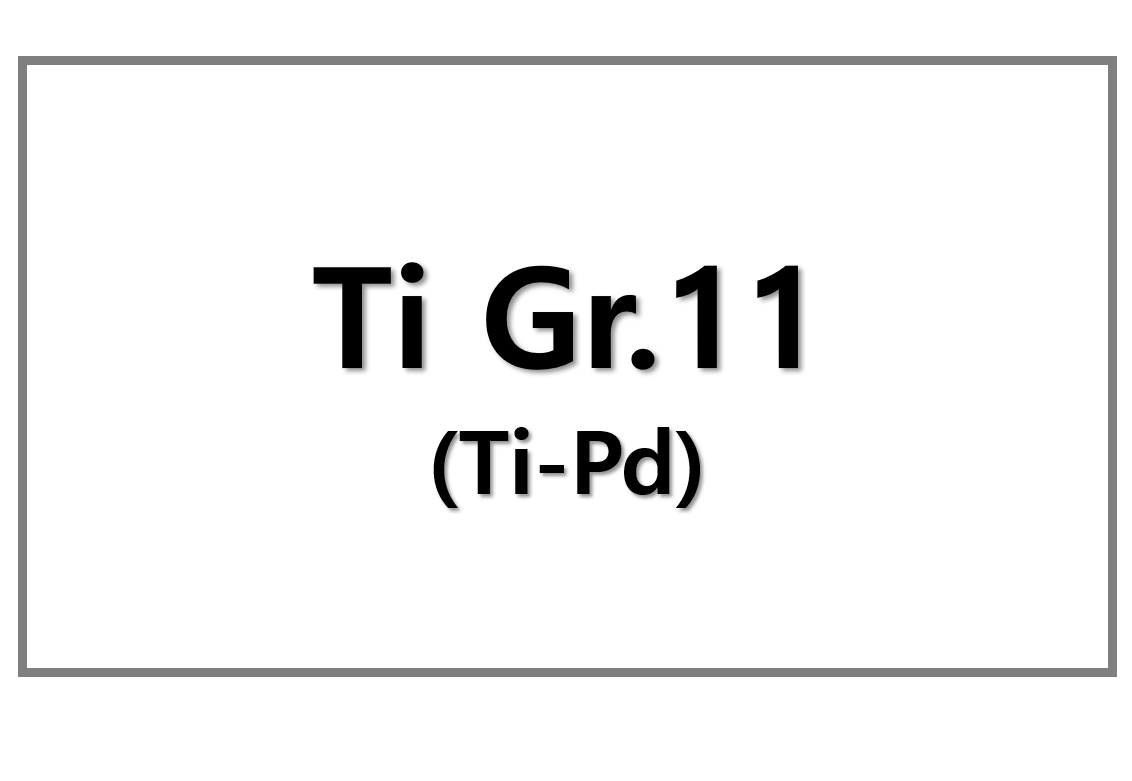

Leave a Reply
You must be logged in to post a comment.